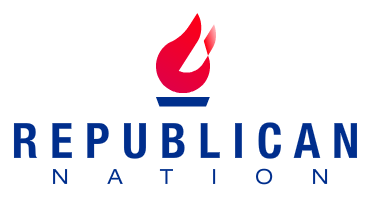
In the recent political storm that saw Rep. Kevin McCarthy (R-CA) dethroned as House Speaker, a familiar media narrative re-emerged. As House Republicans faced internal disagreements and tensions, many mainstream media outlets didn’t miss the opportunity to brand them with derogatory labels such as “hard-right,” “ultra-conservative,” and “far-right.”
In a “Flashback” piece published Saturday, NewsBusters wrote that for those with a keen memory, this is a replay of the corporate media’s treatment of GOP leadership changes in the past, particularly during John Boehner’s exit as Speaker eight years ago.
DEJA VU: In 2015, the media blamed "far right," "ultra-conservative" "hardline" Republicans for Speaker's exit https://t.co/ZIyeGeOqHF
— NewsBusters (@newsbusters) October 7, 2023
House Speaker McCarthy’s ouster wasn’t a quiet event. Within moments of the historic vote, Rep. Jamie Raskin (D-MD) took to X, the platform formerly known as Twitter, stating, “Kevin McCarthy’s sycophantic appeasement of Trump’s MAGA enablers brought to our body chaos, extremism, and his own toppling.” He further asserted that Democrats were the “only party capable of ending the dysfunction.” House Minority Leader Hakeem Jeffries (D-NY) didn’t hold back either, claiming that under the Republican majority, the House had been “restructured to empower right-wing extremists.”
But isn’t this narrative eerily familiar? Eight years ago, when John Boehner announced his resignation as House Speaker, media outlets almost in unison labeled him a victim of “THE FAR RIGHT of his party.” Names like “ZEALOTS,” “UNRULY HARDLINE CONSERVATIVES,” and “HARDLINE TEA PARTY CONSERVATIVES” dominated headlines and news cycles. This character assassination didn’t stop at Boehner; it extended to his potential successors. Kevin McCarthy was described as having “failed to win over the group of FAR-RIGHT HOUSE CONSERVATIVES.” In his bid for the Speaker’s position, Paul Ryan was urged to gain the favor of the “FAR-RIGHT members of the party.”
A past study examined media coverage during Boehner’s exit period and found that reporters used derogatory labels 35 times in 82 stories to describe House Republicans. Shockingly, in the same timeframe, not a single House Democrat received any similar tags. The sole “far-left” label was reserved for self-described socialist Sen. Bernie Sanders (I-VT).
The media’s lack of consistency is evident. Conservative leaders and their actions are regularly portrayed as extreme. At the same time, liberal politicians are seemingly immune to such characterizations, regardless of their policies or actions.
One wonders: why the double standard? Why do mainstream media outlets find it necessary to consistently label and marginalize conservative leaders and movements? Such terminology – “hard-right,” “far-right,” “ultra-conservative” – isn’t just words. It’s a strategy to segregate conservatives from mainstream U.S. politics.
House Republicans, like all politicians, should be held accountable for their actions and decisions. But this responsibility should come through fair and balanced reporting, not through a biased lens that consistently portrays one party as “extreme.”
It’s a déjà vu moment. The media’s treatment of House Republicans today mirrors that of eight years ago. And as history often repeats itself, we shouldn’t be surprised if this narrative resurfaces in the future.
Conservatives must be vigilant, remembering that their policies and ideas have as much merit as any and deserve to be conveyed without prejudiced labels.














